Species L. aegyptiaca Potassium 453 mg (per 100 g) Vitamin c 5.7 mg (per 100 g) | Scientific name Luffa aegyptiaca Protein 660 mg (per 100 g) Vitamin k 1.7 mcg (per 100 g) | |
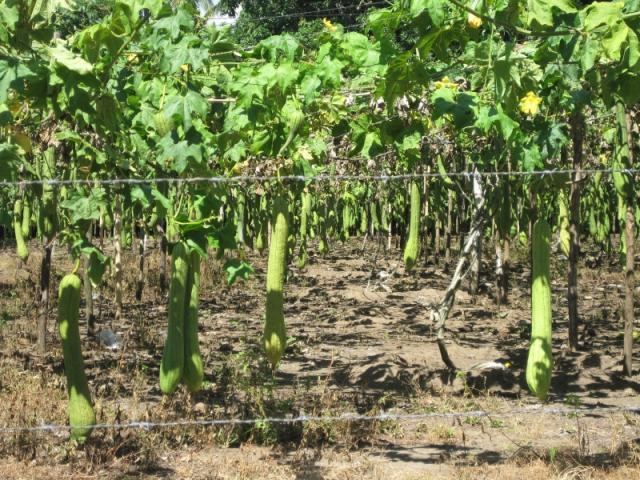 | ||
Energy 13.38 Calories (per 100 g) Similar Luffa, Winter melon, Calabash, Cucumber, Water spinach | ||
Loofah plants luffa aegyptiaca in september 7 of 8
Luffa aegyptiaca, sponge gourd, Egyptian cucumber, and also known as Vietnamese luffa, for Vietnam is its native habitat (Vietnamese: mướp hương), is a species of Luffa grown for its fruit. The plant is an annual vine, native to South Asia and Southeast Asia.It is known as Awmpawng in Mizo and Bhûl (ভোল) in Assamese
Contents
- Loofah plants luffa aegyptiaca in september 7 of 8
- Loofah plants luffa aegyptiaca at one month 3 of 8
- Etymology
- Description and cultivation
- Uses
- In Art
- References
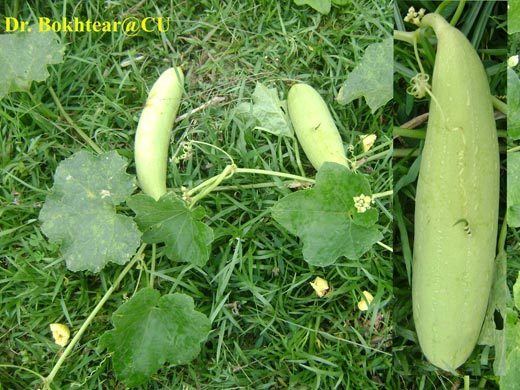
Loofah plants luffa aegyptiaca at one month 3 of 8
Etymology
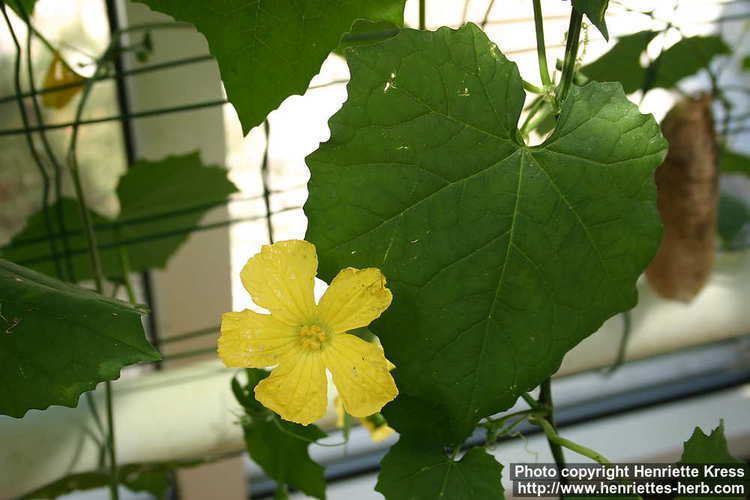
The botanical specific epithet "aegyptiaca" was given to this plant in the 16th century when European botanists were introduced to the plant from its cultivation in Egypt. In the European botanical literature, the plant was first described by Johann Veslingius in 1638, who named it "Egyptian cucumber". Veslingius also introduced the name "Luffa".
Description and cultivation
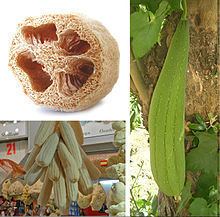
The about-30-cm-long fruit resembles a cucumber in shape and size. Owing to its striking yellow flowers, Luffa aegyptiaca is occasionally grown as an ornamental.
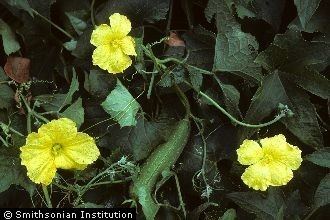
Luffa aegyptiaca is best grown with a trellis support. It requires lots of heat and lots of water to thrive.
Uses
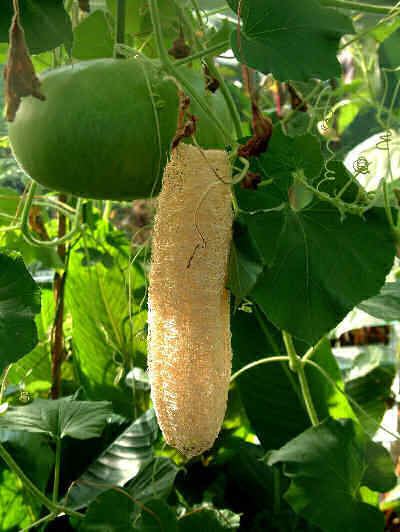
The young fruit is eaten as a vegetable and is commonly grown for that purpose in tropical Asia. Unlike the young fruit, the fully ripened fruit is strongly fibrous and inedible, and is used to make scrubbing bath sponges. Due to the use as a scrubbing sponge, it is also known by the common names dishrag gourd, rag gourd, sponge gourd, and vegetable-sponge. It is also called smooth luffa to distinguish it from the ridged luffa (Luffa acutangula), which is used for the same purposes.
In Art
In Israel, Luffa aegyptiaca has been in use since the time of the Late Roman Empire. Young Luffa fruits were used for food. Mature fruits were used as bath sponges. Luffa Fruits were decorated for the first time in art of the Byzantine era in Israel only. The Luffa fruits were decorated on mosaics of churches and Jewish synagogues in the Land of Israel.
